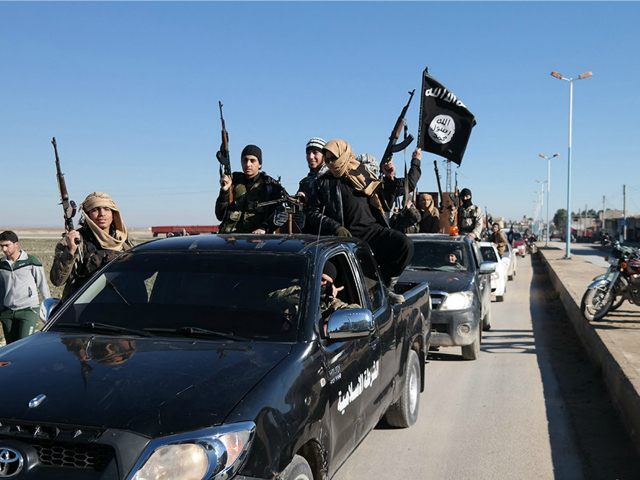Clashes between Taliban militants and loyalists of the Islamic State (ISIS/ISIL) in Paktika province, Afghanistan, have left several people dead.
The Taliban and its rival ISIS have been engaged in turf battles across Afghanistan for months. However, some analysts believe the Taliban is more spread and established in Afghanistan.
“Local residents said on Thursday that the clashes have been erupting in Khand and Dinarkhil areas since last two days and that around 80 insurgents have been killed so far,” reports Khaama Press.
“Drone strikes were also carried out during these clashes in which 18 Taliban were killed and two vehicles belonging to the security guards of the group’s shadow governor for Paktika province were destroyed,” it adds.
Gomal District Governor Khaista Khan Akhtarzada indicated that three ISIS commanders were among those killed in the Dinarkhil area.
Using an Arabic acronym for ISIS (Daesh), the governor reportedly noted that “the clashes erupted when Taliban opposed Daesh commanders who were planning to open offices in the area.”
Niamatullah Baburi, deputy of the Provincial Council of Paktika, also confirmed to Khaama Press that battles between the ISIS branch in Afghanistan, known as the Khorasan Province (ISIL-K), and the Taliban have been taking place in Paktika, without elaborating further.
Khorasan is an ancient name that covers Afghanistan, Pakistan, parts of India, Iran, and other countries. ISIS announced the establishment of its Khorasan Province.
Through a spokesperson, the Taliban admitted losing five of its fighters in Gomal District.
Even after more than 15 years of war, the Taliban remains capable of inflicting heavy damage on U.S. civilian and military personnel in Afghanistan. A recent audit by the Special Inspector General for Afghanistan Reconstruction (SIGAR) pointed out that Taliban militants have been clashing with loyalists of the Islamic State (ISIS/ISIL) for territory and influence in Afghanistan.
“The UN reported the presence of Islamic State in Iraq and the Levant-Khorasan (ISIL-K) remains a concern, particularly in Nangarhar Province,” where the jihadist group has established a stronghold, notes SIGAR.
Brig. Gen. Wilson Shoffner, a U.S. military spokesman, told reporters earlier this week that America has “significantly” increased its airstrikes against ISIL-K since President Obama granted commanders in Afghanistan broader authority last month to combat the Khorasan Province, which has officially been designated a terrorist organization.
Nevertheless, the United States forces still lack the authority to strike Taliban terrorists, unless they attack first, a revelation made by Gen. John Campbell, the top commander of U.S. and international troops in Afghanistan, when testifying before the House Armed Services Committee on February 2.
“We don’t have the authority to target the Taliban and we don’t specifically target the Taliban based on affiliation,” Shoffner told reporters, echoing Gen. Campbell.
President Obama declared an end to the U.S. combat mission in December 2014, marking the beginning of the train, assist, and advise (TAA) role for the American troops on January 1, 2015.
Under the new mission, the U.S. troops are unable to offensively attack the Taliban.
“If the Taliban are attacking coalition forces, then I have everything I need to do that,” declared Gen. Campbell, who is expected to retire soon. “To attack the Taliban just because they’re Taliban, I do not have that authority.”
Campbell’s comments came in response to questions from Rep. Jim Bridenstine, who proclaimed, “It is astonishing that we have an authority to go after the Taliban and the president is preventing us from doing that.”

COMMENTS
Please let us know if you're having issues with commenting.